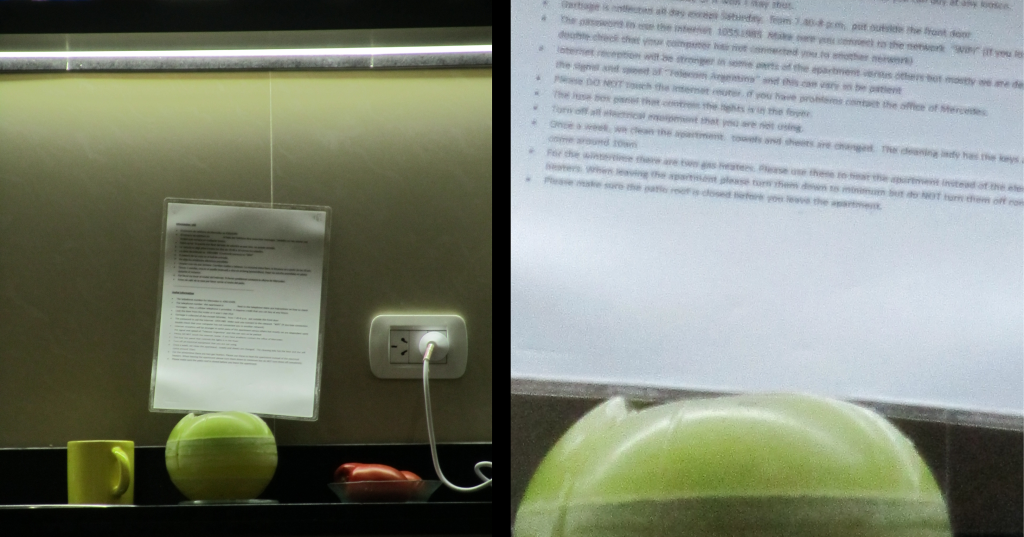
canon powershot sx210
Ah yes, it finally is that time. You have decided to take the plunge into the unknown travel world and will be ready for people to see your underwear in the airport, take a dump in the Earth’s crack, climb a Greek Temple, and have your luggage melt at the airport tarmac (all stories that have actually happened to me… scouts honor). In order to find a camera that you take on your travels you have to do a bit of research and understand the basics which we will go over.
We aren’t looking for Texas sized SLR camera’s (the ones the professionals use) that cause neck pain when they hang around your neck all day (sarcasm). We are looking for a point and shoot camera that has enough advanced functionality and is small enough to fit in your pocket. Not that the large professional cameras don’t take incredible pictures, Gary Arndt from Everything-Everywhere.com, Dav and Deb from Picturetheplanet.com, and Christine fromalmostfearless.com take absolutely incredible pictures with their SLR cameras. But I prefer pocket size cameras since I have to carry about 50 lbs of technology due to my day trading business. Here are the things you need to look for to find the best digital camera for your travels:
Optical vs Digital Zoom:
This is where most company’s try to trick you, optical zoom is when the lens of the camera zooms in like a telescope and the digital zoom is where the camera enlarges the image without using the lens. Once you get to the digital zoom, pictures often get grainy and you get a rapid decline in image quality. The average optical zoom on a point and shoot camera is about 3.8X. Take a look at the difference between the two pictures below, on the left we have 14X optical zoom and on the right we have 54X digital zoom. You can really see how the quality of the image is affected on the right:
Megapixels:
The higher the megapixels the more detail the picture has (one of the most important things for travel photography). This means that there are better ways to crop a picture and zoom into certain areas. Cameras today usually have enough megapixels, once you get above 8 or 10 megapixels that is way more than enough. There is a point when you can get too many megapixels, 12 or 14 is about as high as you really need.
Image Stabilization:

- Picture Provided By Best Buy
Image Stabilization is what helps with blurred images and is definitely a feature that you want your camera to have. Your hand is never completely still and it helps to reduce the vibrations in the camera whenever you are taking pictures. This also helps at night by using a high image stabilization setting to help remove the blur from night images. When you talk about image stabilization, the higher number the better.
 LCD:
LCD:
This is the screen in the back of the camera that allows you to view the picture you just took. The average screen size is about 2.5 to 3 inches with the largest on a point and shoot camera seen at 3.5 inches. 2.7 to 3 inches is really all you need.
Video:
Now that cameras have become more advanced you can take video that doesn’t look like a prehistoric video game. High definition is the way of the future and you don’t want to carry around 3 different devices for video, camera, and storage. Check to make sure that the camera is able to take HD video. 720p, 1080i, and 1080p, are the different video modes listed worst to best.
What you need to look for:
The most important feature on a camera in this day in age is the optical zoom. Most cameras have sufficient megapixels, good size LCD’s, and image stabilization software. Dont be fooled when they say its 20X zoom, look for the optical zoom). And the HD video is a plus, your going to be taking pictures most of the time not taking video.
In terms of brands I have spoken to many photographers and I agree when most of them say to stick to Nikon or Canon brands. It reflects in the sales as Nikon and Canon command over 65% of the camera market. No one else is even close.
Check out our travel pictures section and look out for the review of the camera I decided to buy coming soon!


